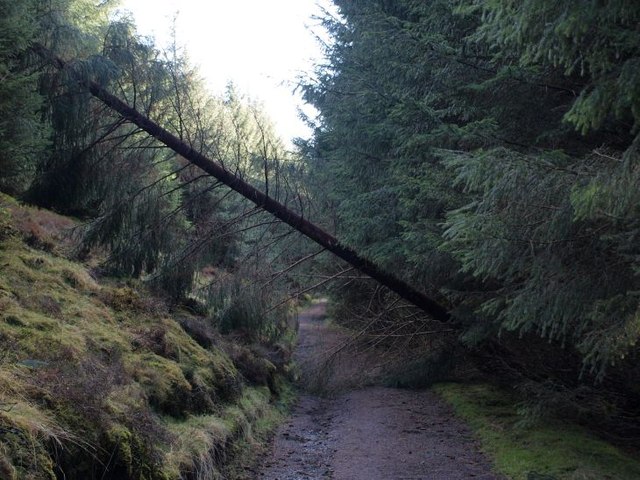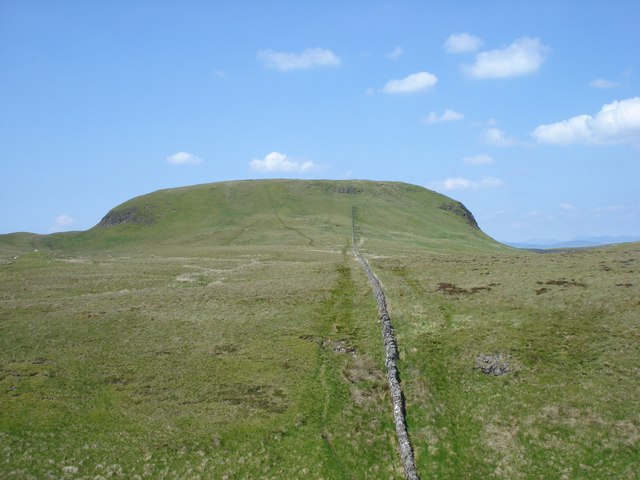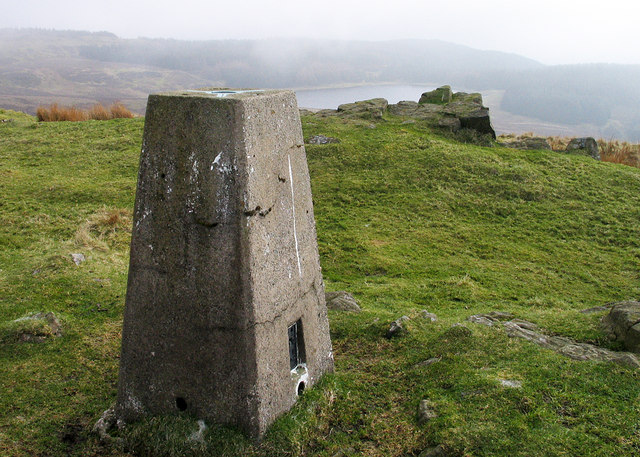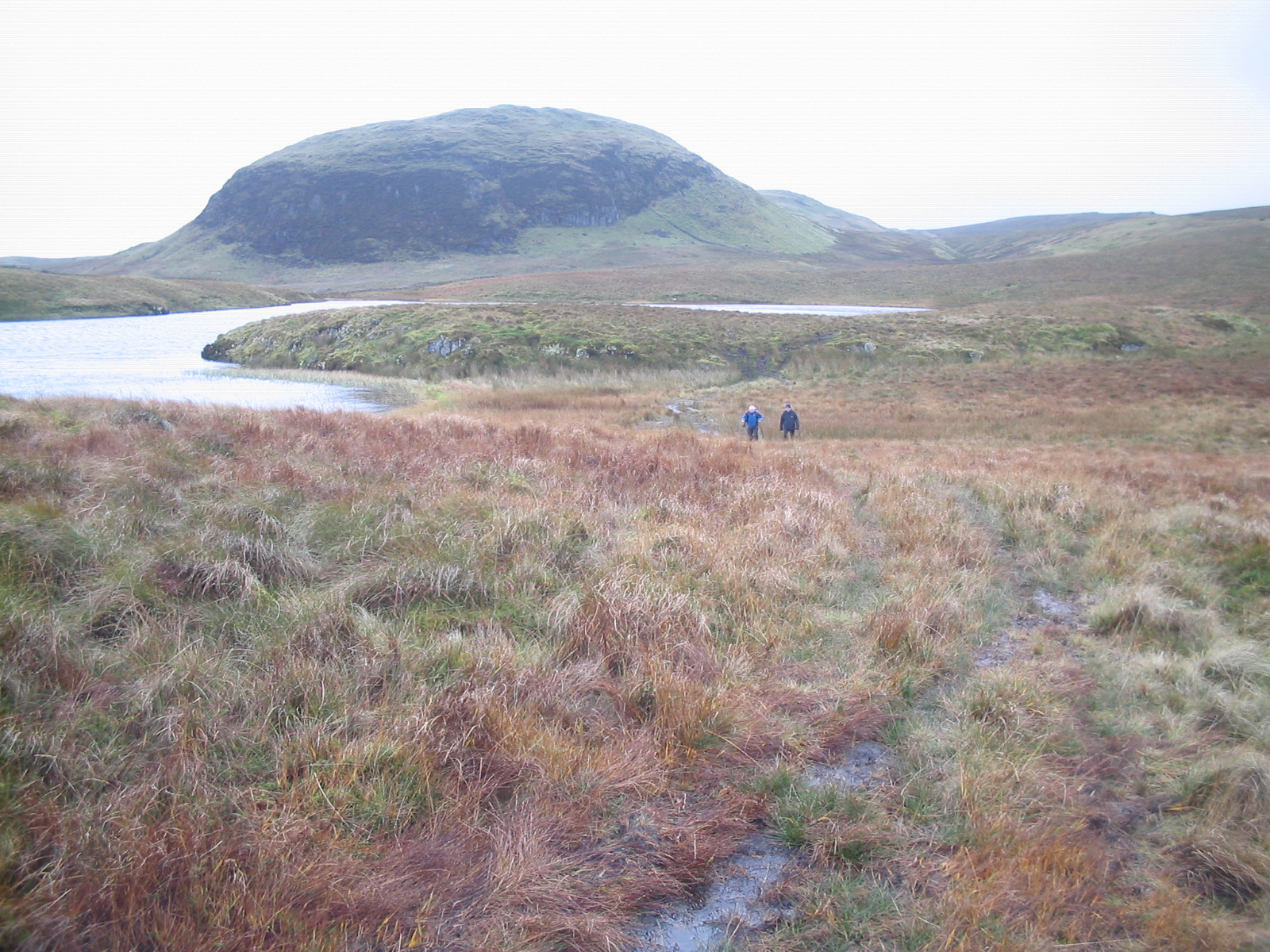Fynloch Hill
Hill, Mountain in Dunbartonshire
Scotland
Fynloch Hill

Fynloch Hill, also known as Fynloch Hillfort, is an ancient hill located in Dunbartonshire, Scotland. It is situated approximately 4 miles northeast of the town of Helensburgh and stands at an elevation of around 1,050 feet (320 meters) above sea level. The hill is part of the Kilpatrick Hills range, which forms a natural boundary between Dunbartonshire and Stirlingshire.
The hill is renowned for its historical significance, as it is home to the remains of an Iron Age hillfort. This hillfort is believed to have been constructed around 2,500 years ago and is one of the largest in the area. The fortification is circular in shape and encloses an area of approximately 2.5 acres. The defensive ramparts and ditches that once protected the hilltop settlement can still be observed today.
Fynloch Hill offers spectacular panoramic views of the surrounding countryside, including the River Clyde, Loch Lomond, and the nearby towns. The hill is a popular destination for hikers and offers various walking trails to explore its rugged terrain. The ascent to the summit can be challenging, but the breathtaking views make it well worth the effort.
The hill is also known for its diverse wildlife and is home to numerous bird species, including kestrels, buzzards, and peregrine falcons. Visitors may also come across deer, foxes, and rabbits during their exploration of the hill.
Overall, Fynloch Hill is a historically and geographically significant landmark, offering visitors a glimpse into the rich cultural heritage and natural beauty of Dunbartonshire.
If you have any feedback on the listing, please let us know in the comments section below.
Fynloch Hill Images
Images are sourced within 2km of 55.961466/-4.4666344 or Grid Reference NS4677. Thanks to Geograph Open Source API. All images are credited.

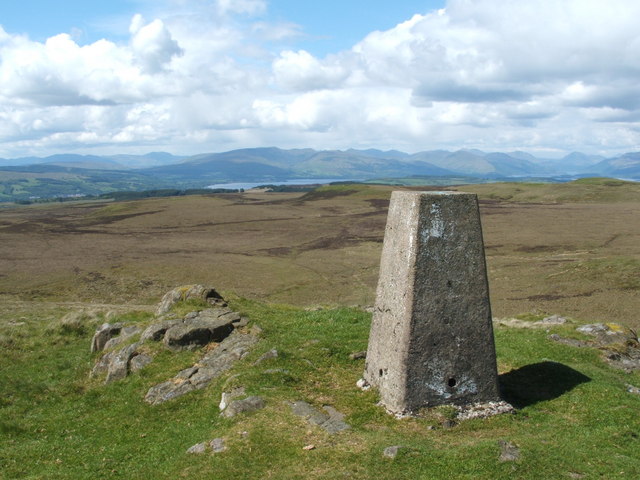


![Spout of the Three Marches &quot;A waterfall on the Little Saughen Brae Burn. At this point three Laird&#039;s lands met at one time, hence the name&quot; [OS Object Name Book (late 19th century)].
In his book &quot;The Waterfalls of Scotland&quot; (1987), Louis Stott comments that &quot;the burn comes to life with a five metre leap&quot;, and that the three estates meeting here were Wester Cameron (<a href="https://www.geograph.org.uk/photo/3355569">NS4583 : Wester Cameron Farm</a>), Strathleven (<a href="https://www.geograph.org.uk/photo/1058768">NS3978 : Strathleven House</a>) and Aucheneck (<a href="https://www.geograph.org.uk/photo/3620932">NS4883 : Aucheneck House</a>).
See <a href="https://www.geograph.org.uk/photo/2940310">NS4778 : Spout of the Three Marches</a> for another view. For a more distant view providing some context, see <a href="https://www.geograph.org.uk/photo/2940283">NS4778 : Spout of the Three Marches</a>.
One mile to the north-east, there used to be another waterfall called the <a href="https://www.geograph.org.uk/photo/2940257">NS4879 : Spout of the White Horse</a>; there is still a cascade of sorts there, but the area was greatly changed when a reservoir was built nearby.](https://s2.geograph.org.uk/geophotos/02/94/02/2940274_900a2342.jpg)




Fynloch Hill is located at Grid Ref: NS4677 (Lat: 55.961466, Lng: -4.4666344)
Unitary Authority: West Dunbartonshire
Police Authority: Argyll and West Dunbartonshire
What 3 Words
///billiard.imposes.flanks. Near Old Kilpatrick, West Dunbartonshire
Nearby Locations
Related Wikis
Duncolm
Duncolm (Scottish Gaelic: Dùn Choluim) is a hill in Scotland. It is the highest point in both West Dunbartonshire and the Kilpatrick Hills, at an elevation...
Loch Humphrey
Loch Humphrey is a loch in West Dunbartonshire, Scotland. It is fished for mainly perch and occasional trout by members of the Bearsden Angling Club, who...
Kilpatrick Hills
The Kilpatrick Hills are a range of hills in central Scotland, stretching from Dumbarton in the west to Strathblane in the east. Strathblane divides the...
West Dunbartonshire (UK Parliament constituency)
West Dunbartonshire is a county constituency of the House of Commons of the Parliament of the United Kingdom. It elects one Member of Parliament (MP) by...
Nearby Amenities
Located within 500m of 55.961466,-4.4666344Have you been to Fynloch Hill?
Leave your review of Fynloch Hill below (or comments, questions and feedback).


